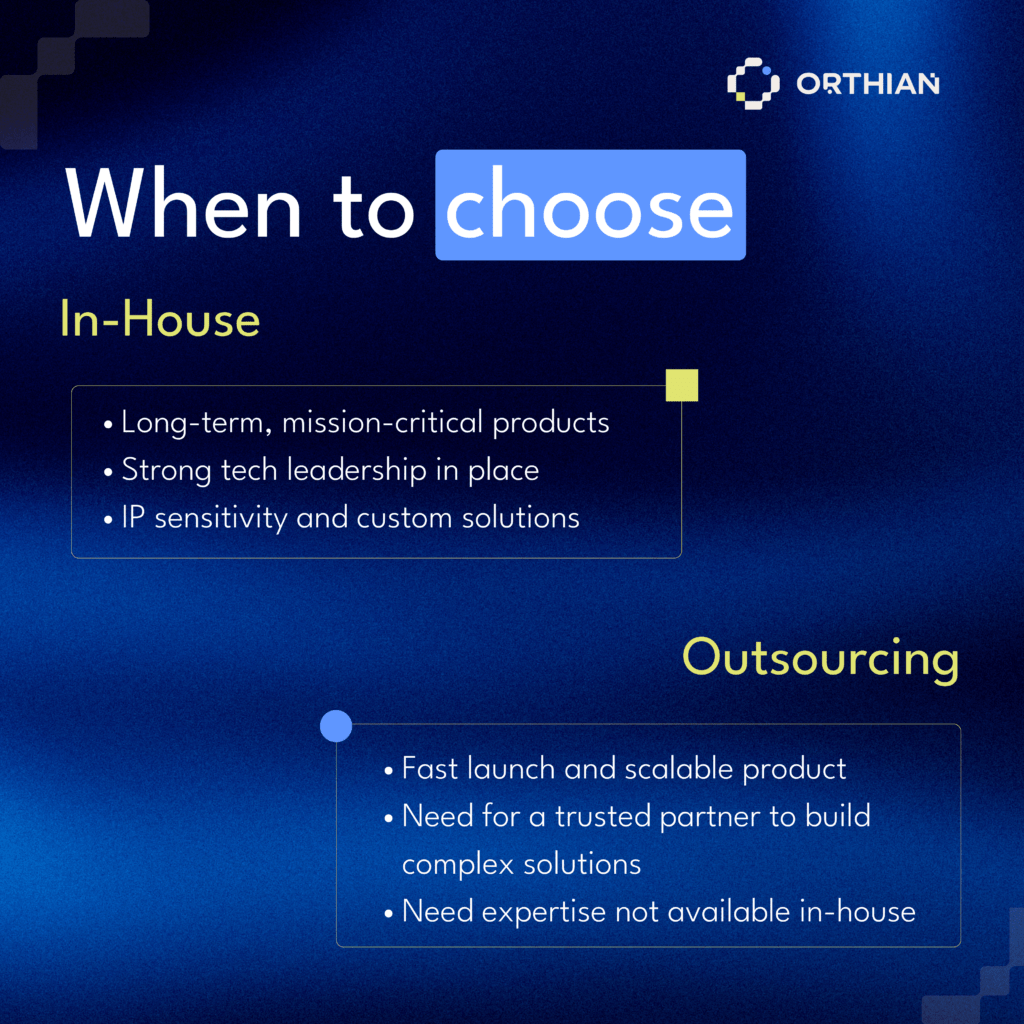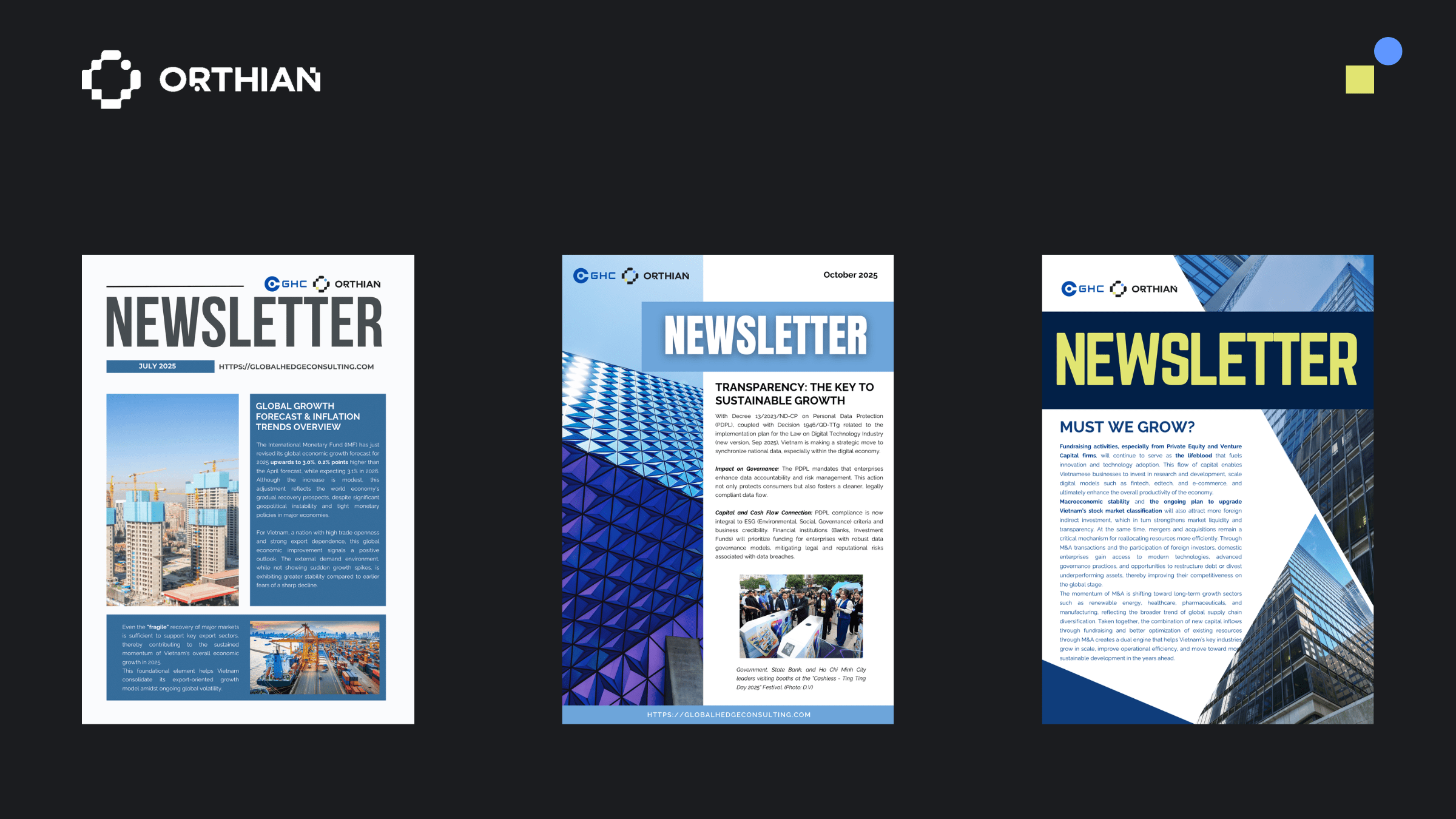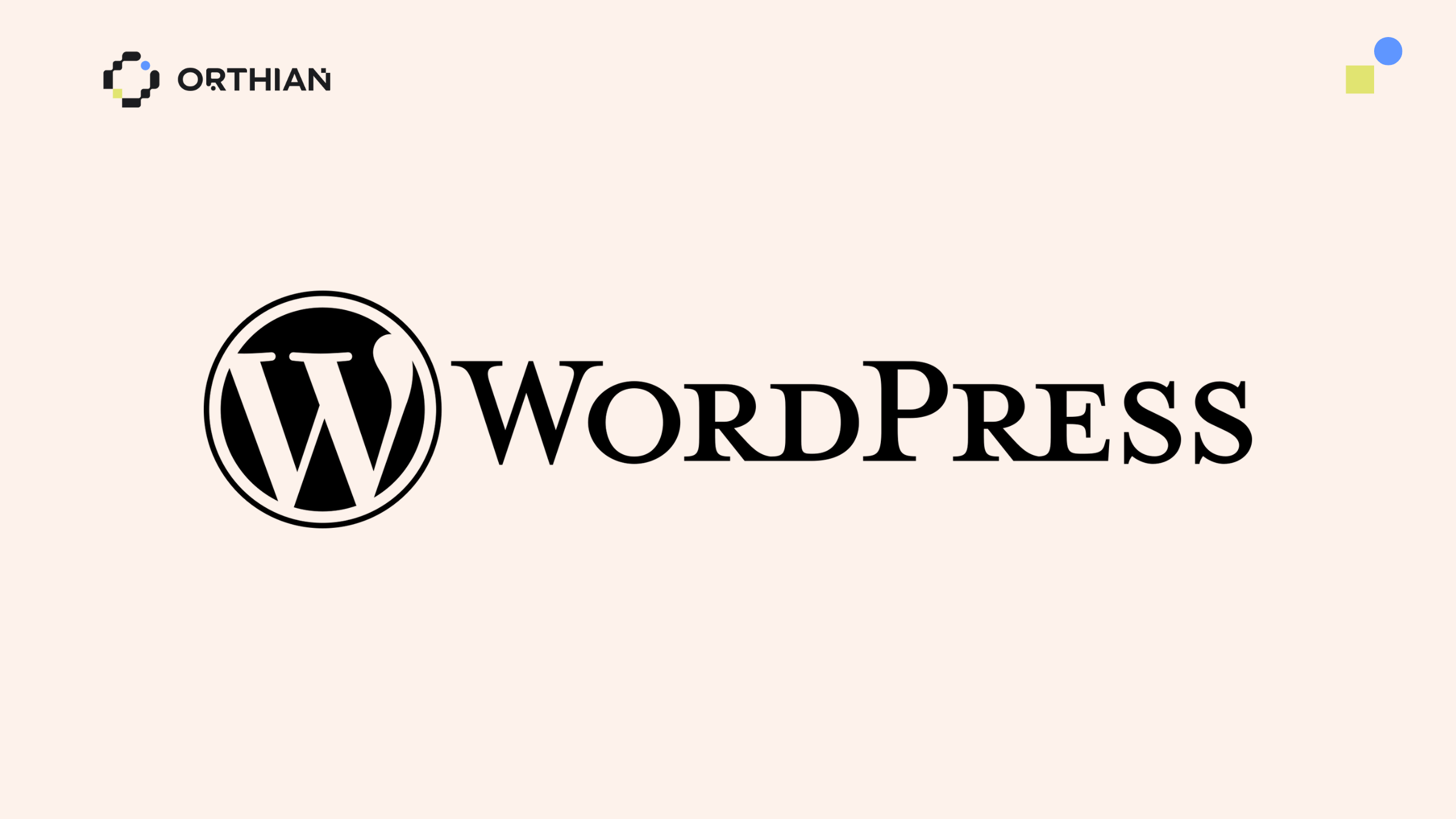Explore the pros and cons of in-house and outsourcing software development to determine the best approach for your business. Learn when to choose each option and how Orthian can help.
Introduction
When embarking on a new software project, businesses face a pivotal decision: should they build an in-house development team or outsource the work to an external partner? This choice significantly impacts cost, quality, time to market, and long-term maintenance. In this comprehensive guide, we’ll explore the advantages and disadvantages of both in-house and outsourcing models, provide insights into collaboration approaches, and help you identify the optimal solution for your software development needs.
What is In-House Software Development?
In-house software development involves assembling and managing a technical team entirely within your organization. This approach grants businesses complete control over the development process from recruitment and training to daily operations and strategic decisions.
What is Outsourcing Software Development?
Outsourcing software development means entrusting all or part of your project to an external provider. Common outsourcing models include:
- Offshore Outsourcing: Partnering with a team in a distant country, often with significant time zone differences.
- Nearshore Outsourcing: Collaborating with a team in a nearby country, typically with similar time zones.
- Staff Augmentation: Supplementing your in-house team with external personnel to address skill gaps or boost capacity.
- Project-Based Outsourcing: Handing over the entire project for turnkey delivery in stages
In-House Development: Advantages and Disadvantages
Advantages
- Full Control: Direct oversight allows easy adjustments to project timelines, quality standards, and technology choices aligned with your company’s strategy.
- Efficient Communication: In-person or direct exchanges reduce misunderstandings and keep teams aligned.
- Deep Integration with Company Culture: In-house developers gain a thorough understanding of your product, values, and unique processes, fostering innovation.
- Enhanced Security: Keeping development internal minimizes the risk of data breaches and intellectual property leaks.
- Long-Term Commitment: In-house teams are invested in your company’s long-term success, promoting loyalty and continuity.
Disadvantages
- Management Challenges: Without experienced IT leadership, maintaining project quality and progress can be tough, as developers need clear direction and support.
- High Initial Investment: Building an in-house team requires significant upfront costs for infrastructure, tools (IDEs, servers, CI/CD systems), security, and support software, plus ongoing expenses like salaries.
- Lengthy Recruitment Process: Finding skilled developers can take months, delaying project starts.
- Key Person Risk: The departure of a critical team member can stall progress or disrupt workflows.
Outsourcing: Advantages and Disadvantages
Advantages
- Cost Efficiency: Outsourcing reduces the need for upfront investments in infrastructure, tools, or management, allowing you to define requirements and let the partner execute.
- Scalability: Adjust team size quickly based on project demands without recruitment hassles.
- Access to Expertise: Partners like Orthian offer specialized skills and agile methodologies, ensuring professional project management and flexibility.
- Comprehensive Solutions: Orthian provides end-to-end services from consulting and design to development, testing, deployment, and maintenance, delivering a complete package.
Disadvantages
- Limited Control: Dependence on the partner’s processes and capabilities can reduce your hands-on oversight.
- Communication Barriers: Time zone, language, or cultural differences may lead to misunderstandings if not managed tightly.
- Security Concerns: Sharing sensitive data externally requires robust NDAs and contracts to mitigate risks.
- Quality Assurance: Monitoring KPIs and SLAs is essential to ensure the partner meets your standards
When to Choose In-House or Outsourcing

| Situation | In-House is Suitable When | Outsourcing is Suitable When |
| Core, long-term projects | You need high control and can invest long-term. | You want to focus on operations and trust a partner with tech. |
| Prototypes or MVPs quickly | – | Budget is limited, and speed to market is critical. |
| New technologies or niche skills | You have time to recruit and train specialists. | You need immediate expertise without delays. |
| Fluctuating team size | Scaling down is challenging. | Flexibility to scale up or down is essential. |
Conclusion
For businesses without a strong IT foundation or the resources for heavy tech investments, outsourcing is both a cost-effective and strategic choice. Partnering with Orthian means more than hiring a technical team, it is collaborating with experts who understand your business challenges, craft tailored solutions, and deliver results via a clear roadmap.
In today’s digital transformation landscape, success hinges not just on who builds your software, but on finding a partner who “does it right and stays with you for the long haul.”
Ready to decide? Contact Orthian today for expert consultation on building an in-house team or selecting a top-tier outsourcing partner tailored to your goals.
Check out more case study from Orthian:






